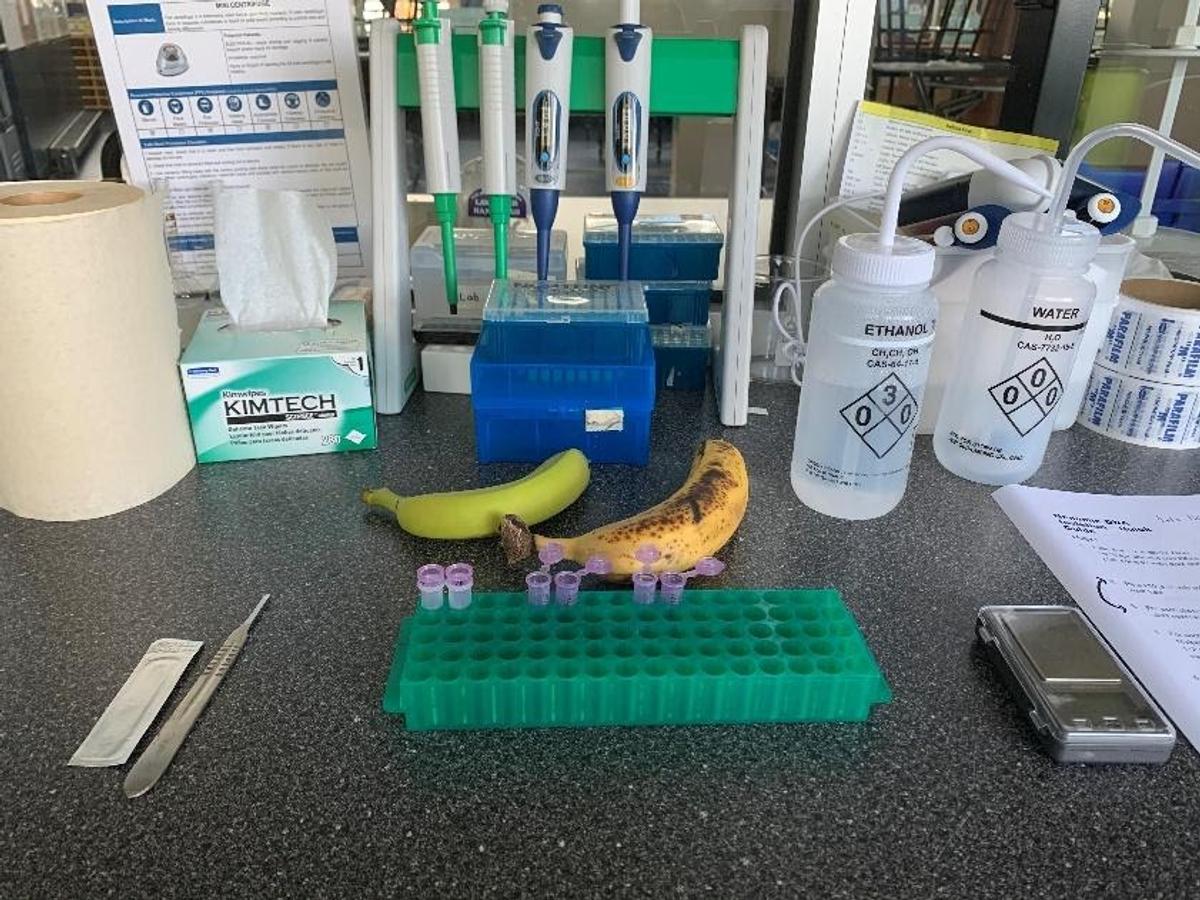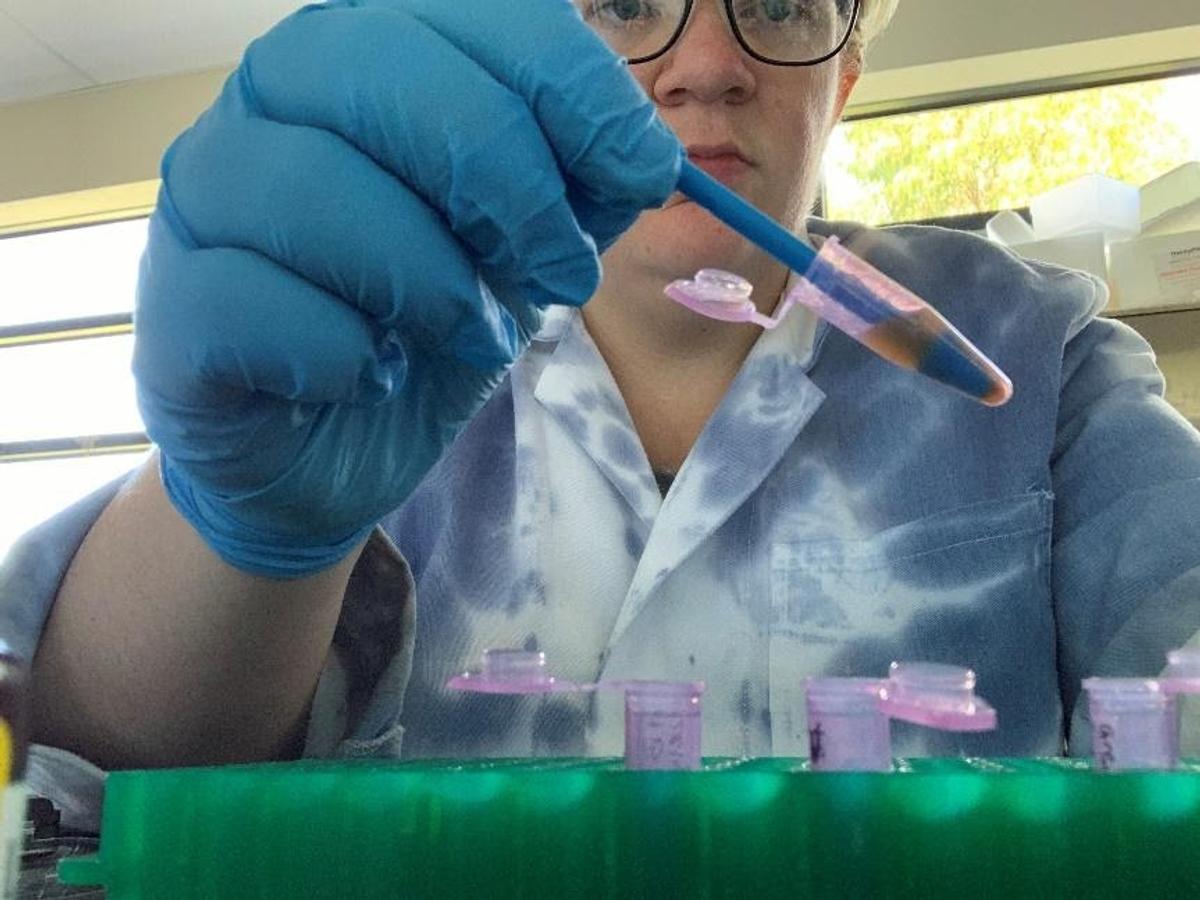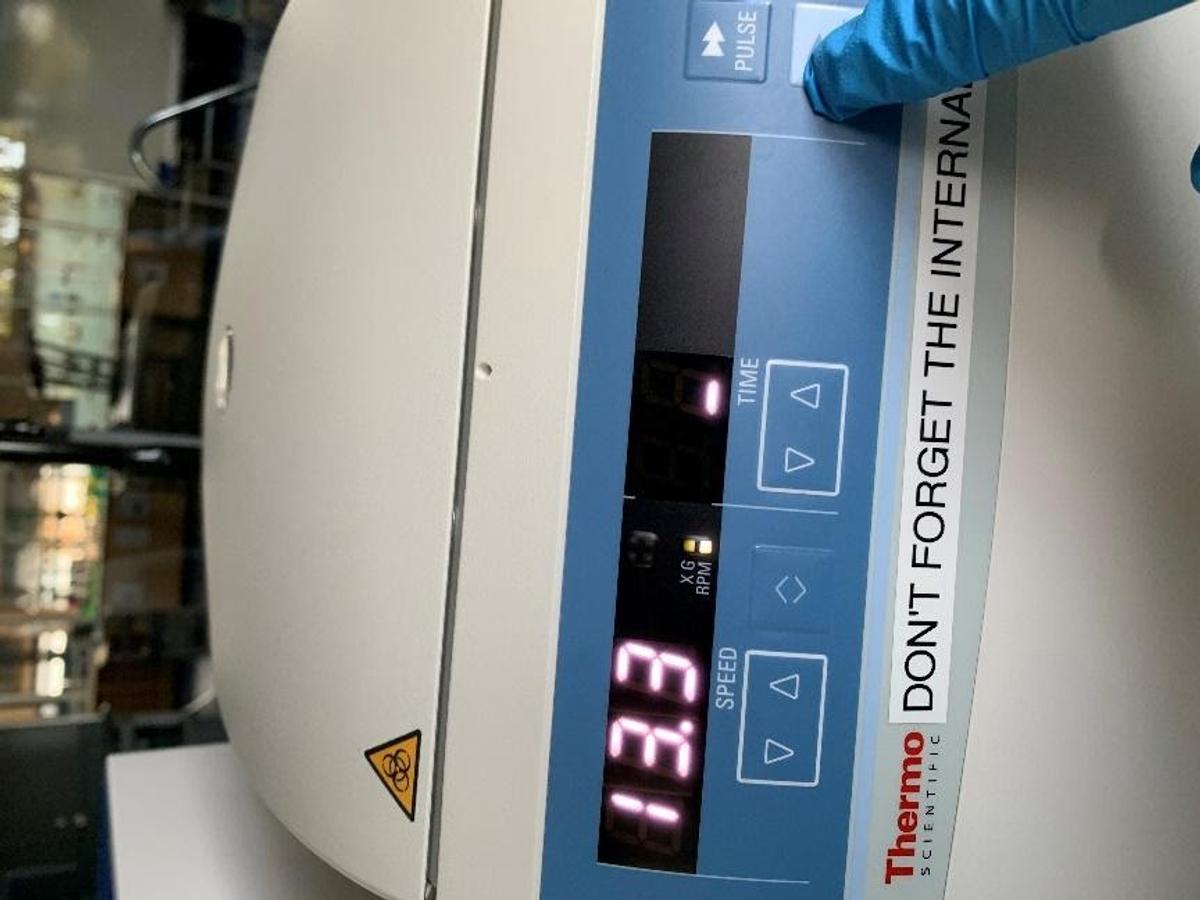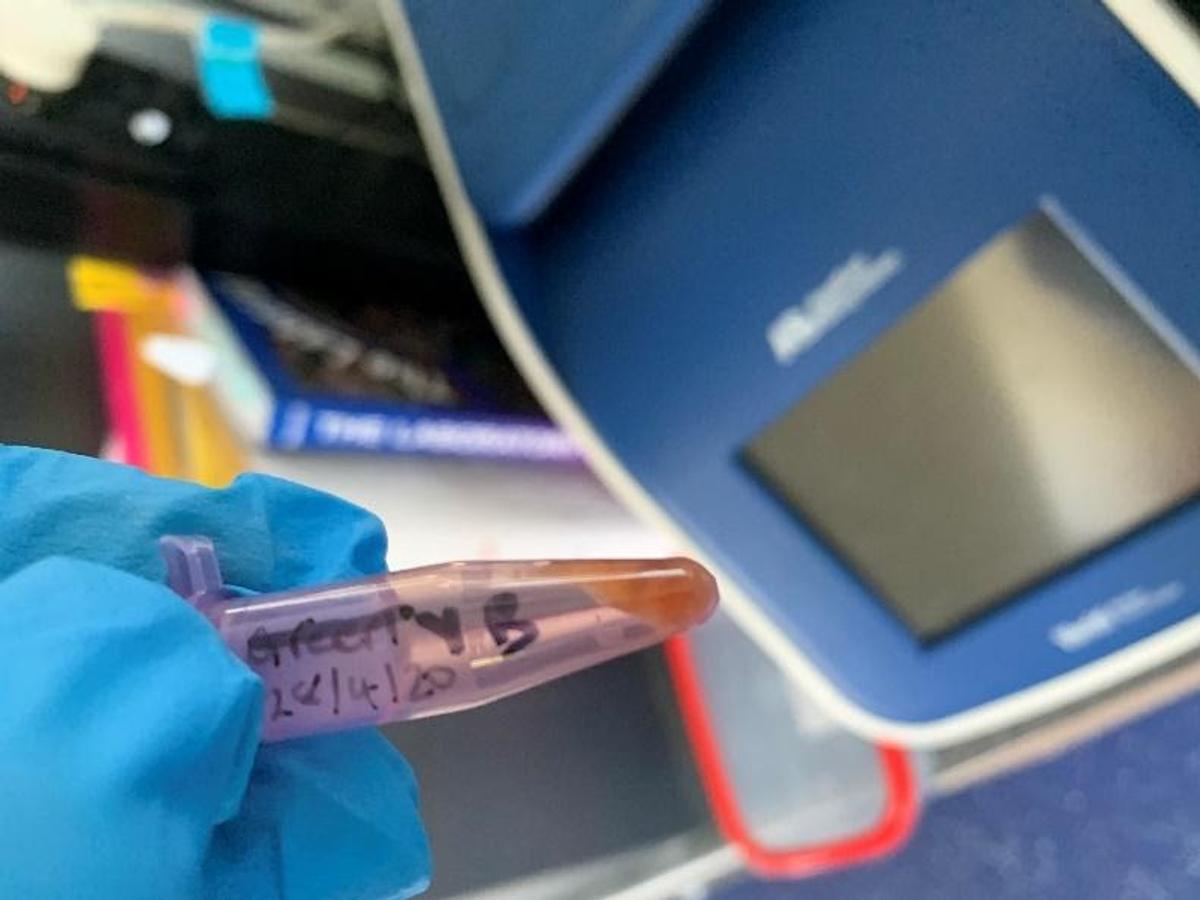Lab News
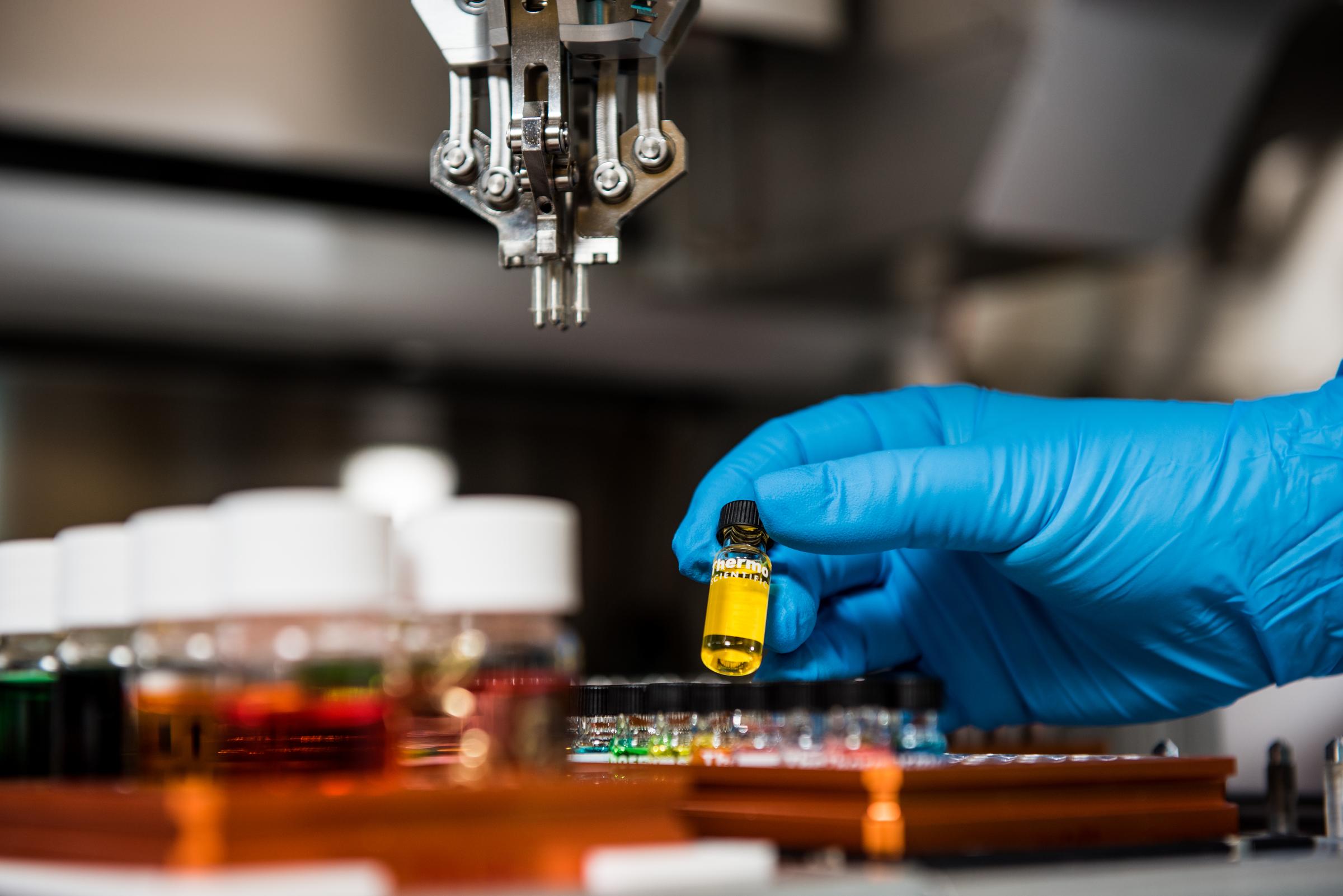
Lab News
Yes we are still here!!!
Hi everyone. I’m Erika one of JMSS’s lab technicians. I am that person that is often seen around the labs cleaning, tiding up, putting things out for your prac classes and occasionally I will be in the room helping the teachers with a demonstration or asking them a question.
During this untimely event I will be writing a small lab update for you all because I know how much you are all missing hanging out with your friends and teachers, the labs, the void area, the basketball court and Tuesday morning breakfast club. Trust me it’s defiantly not the same here without all of you.
I am currently at school 3 days a week to support the science teachers with any demos they are wanting to do for you during this time. So when you are all in class with your teachers I am doing other things. For example writing safety paperwork, cleaning up the schools chemical store room, and doing some prac work for Miss Xu and Mrs Bohni’s ESV bioinformatics class.
For this project we going to see if different stages of a bananas ripeness will degrade the chlorophyll DNA. I am doing this by extracting the DNA of a bananas skins (I have 2 bananas at different stages of ripeness to speed this process up), running a PCR with special primers that code only for Chlorophyll DNA (extra reading for this can be found at this link: https://www.ncbi.nlm.nih.gov/pubmed/25373752). I will then send the PCR product to Monash University where it will be sequenced for us using Sanger sequencing techniques and finally send Miss Xu and Mrs Bohni the data files we get back from Monash. They will then use this data in their class. It is a very exciting project that I have been working on with them for the last 2 and a half years and it’s something I really enjoy doing.
In this class in previous years we have also been looking for the elusive single codon in this banana sequences that is different trying to show that there is a different variety of bananas available in Australia. Mrs Bohni and I spent many hours in 2018 extracting DNA from banana skin samples from all over Victoria to try and prove this. As well as this last year in semester 1 we tried to use a similar system for identifying Eucalyptus trees but found it very hard to do because the sequence of DNA we were trying to use is different in trees from different regions of Australia. For example two trees planted next to each other might be the same species but one may be from Queensland and the other from Western Australia and they may both be planted in a park in Victoria, very annoying. That’s why this year we are going with different stages of banana ripeness to see if there is any variation for something different.
If you have any questions please don’t hesitate to ask the lab team we are more than happy to help with anything lab or prac related.
But for now I need to get back to my writing. Keep eyes out for more updates from the lab and remember to wash your hands.
See you all very soon.
Erika Trickett
Lab Technician
Lab set up and banana sample ready for addition of extraction buffer.
Sample mashed with extraction buffer using a micro pestle and samples in the centrifuge ready to be spun.
Centrifuge on! and after centrifuging all DNA is in the liquid and leftover banana in the bottom brown stuff.
Micro column used to collect only DNA.

